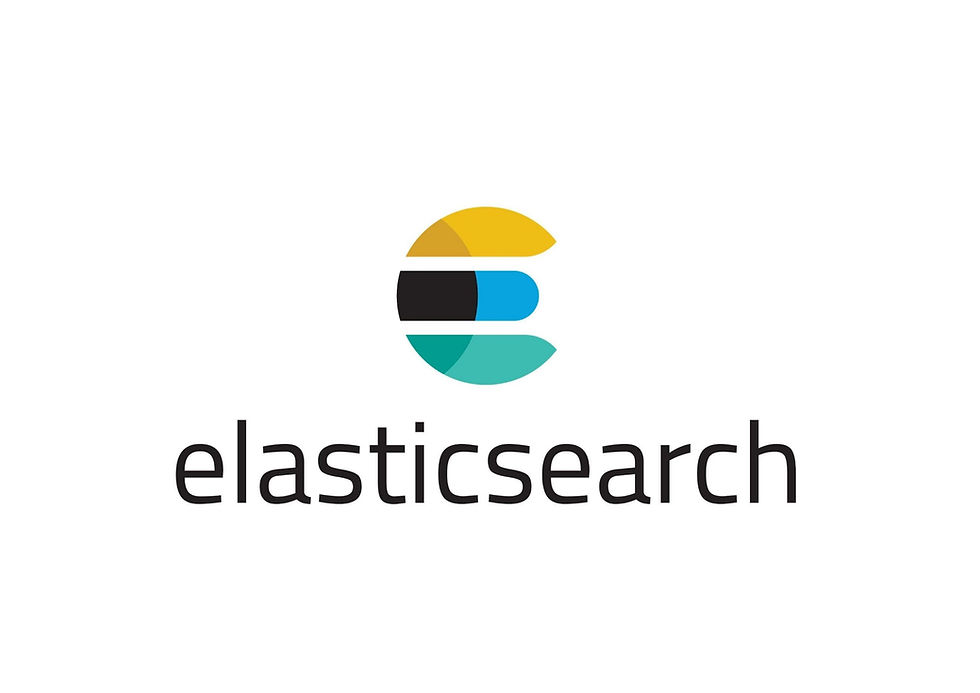Understanding the Basics: How Does Search Work in Elasticsearch?
- fundas7
- Mar 31, 2023
- 3 min read
Updated: Apr 30, 2024

Elasticsearch is a popular open-source search and analytics engine based on the Apache Lucene library. It is commonly used for text-based search and analytics due to its fast and scalable search capabilities. Elasticsearch is designed to handle large volumes of data and provides advanced search functionality, including full-text search, autocomplete suggestions and fuzzy search.
The importance of search functionality in Elasticsearch cannot be overstated. Elasticsearch is used in various industries, including e-commerce, finance, healthcare, and more, to help users quickly and efficiently search large amounts of data. Without powerful search capabilities, finding relevant information within these large datasets would be difficult and time-consuming.
Elasticsearch search functionality allows users to easily search for and retrieve data based on various criteria, such as keyword searches, date ranges, or specific data fields. It also provides real-time search results and can be integrated with other data sources and tools to create powerful search and analytics solutions. With Elasticsearch, users can quickly find the information they need, helping them make more informed decisions and drive business success.
You can check this link: Elastic SIEM
Indexing and Storing Data in Elasticsearch
Elasticsearch is a document-oriented search engine, which means that data is stored as documents rather than rows in a table or records in a database. Elasticsearch uses a data structure called an inverted index to store and search through these documents.
To index data in Elasticsearch, you can send an HTTP request to the index API with a JSON document containing the data you want to index. Here's an example:
POST /my_index/_doc
{
"title": "My Elasticsearch Article",
"content": "This is a sample article about Elasticsearch.",
"tags": ["search", "analytics", "big data"]
}
In this example, we index a paper with a title, some content, and a few tags. The _doc type is used to indicate that this is a document.
You can check this link: How to Use ElasticSearch in Query for Faster and More Accurate Results?
Relevance Scoring in Elasticsearch Search
Elasticsearch uses a relevance scoring algorithm to determine how well a document matches a query. The relevance score is calculated based on term frequency, inverse document frequency, and field length.
When executing a search query, you can specify a relevance score threshold to control the number of returned results. For example, you might only want to see results with a relevance score of 0.5 or higher. Here's an example of a search query that includes a relevance score threshold:
GET /my_index/_search
{
"query": {
"match": {
"content": {
"query": "Elasticsearch search",
"minimum_should_match": "75%"
}
}
},
"min_score": 0.5
}
In this example, we're searching for documents that contain the words "Elasticsearch" and "search" in the content field. The minimum_should_match parameter requires that at least 75% of the query terms appear in each result. The min_score parameter only returns results with a relevance score of 0.5 or higher.
You may like this article: Understanding Elastic API: A Comprehensive Guide for Developers
The Search API in Elasticsearch
The Elasticsearch search API provides a powerful way to search through data stored in Elasticsearch. The search API supports various query types, such as term, match, and range queries, and allows you to specify filters, sorting criteria, and more.
Here's an example of a simple search query using the match query:
GET /my_index/_search
{
"query": {
"match": {
"content": "Elasticsearch search"
}
}
}
In this example, we're searching for documents that contain the words "Elasticsearch" and "search" in the content field using the match query.
You can also use the filter feature to refine your search results further. For example, you might want only to show results that were created within a specific date range
GET /my_index/_search
{
"query": {
"bool": {
"must": {
"match": {
"content": "Elasticsearch search"
}
},
"filter": {
"range": {
"created_at": {
"gte": "2022-01-01",
"lte": "2022-12-31"
}
}
}
}
}
}
In this example, we're using the bool query to combine a must query (for the search terms) with a filter query (for the date range). You can check this link: NSPECT.IO Marketplace


